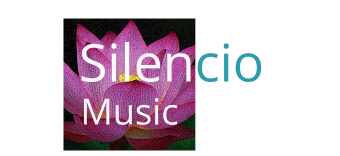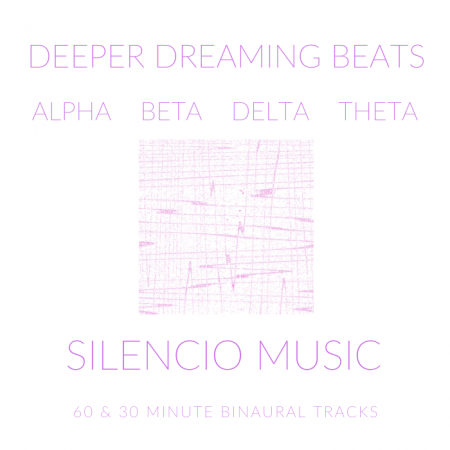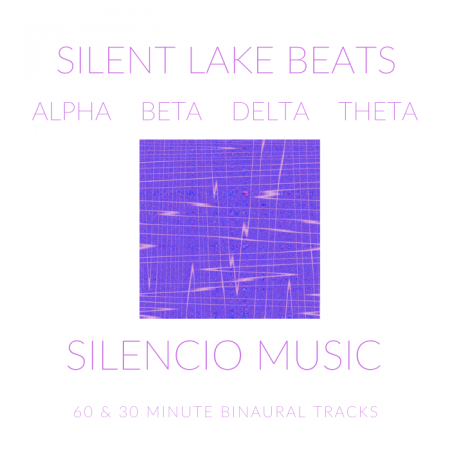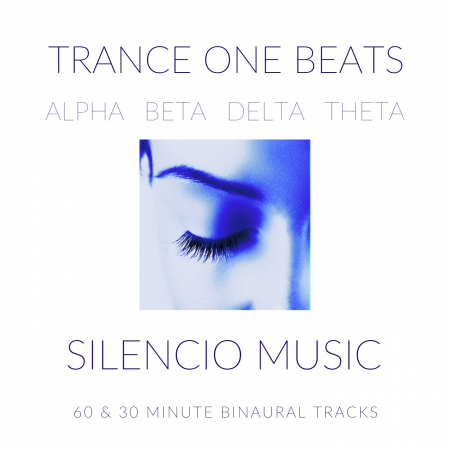Unlocking the Mind: Using Binaural Beats for Hypnosis and Hypnotherapy
In recent years, the wellness world has seen a surge in interest around binaural beats—audio tools that seem almost too good to be true. Used for everything from improved focus to deeper meditation, binaural beats are now gaining traction in another powerful arena: hypnosis and hypnotherapy.
But how do these mysterious tones actually work, and what role can they play in deepening the hypnotic experience? Let’s dive in.
Using Royalty-free Music with Binaural Beats
If you use music to create hypnosis audio and videos you must be covered by a license which allows you to use the music without risk of infringing the copyright on that music. Our simple Pro-Therapy and Digital Media Licenses instantly allow you to legitimately use the music for your practice and to create & sell your own multi-media products such as guided meditations, hypnosis & self-help audio, and monitized Youtube videos without having to pay any further royalties or fees to the composer.
Pro-Therapy License: Use with Clients, Classes & Groups • Record Therapy Sessions for Individual Clients • Relaxing Ambient Music for Health Centres & Spas • Waiting Rooms, Schools & Play Areas • Includes 30 & 60 minute MP3 versions • No public performance licenses required
Digital Media License: Create Unlimited Audio Products • Create Unlimited Videos • Unlimited Duplication/Downloads/Video Views • Hypnosis Audio & Guided Meditation Recordings • Wellbeing, Self-Help & all Spoken-Word Media Products • Podcasts, Educational & E-Learning Products • Worldwide Rights, No Royalties, No Time Limit • Instant MP3 & WAV Downloads
What Are Binaural Beats?
Binaural beats are an auditory illusion. They occur when you listen to two slightly different frequencies in each ear (using headphones). Your brain doesn’t hear both tones separately—instead, it perceives a third frequency that is the difference between the two.
For example:
-
Left ear hears 200 Hz
-
Right ear hears 210 Hz
-
Brain interprets a 10 Hz beat (in the alpha range)
That 10 Hz isn’t a sound you can hear directly—it’s generated by your brain as a result of processing the input from both ears. This brainwave entrainment effect can nudge your mind into particular states, like deep relaxation or focused attention.
Brainwave States and Hypnosis
Understanding brainwave states is key to using binaural beats effectively:
-
Beta (13–30 Hz): Alert, logical, and active thinking
-
Alpha (8–12 Hz): Calm, relaxed, reflective—often the state we enter during light hypnosis
-
Theta (4–7 Hz): Deep relaxation, meditation, and hypnosis—where change work and subconscious exploration happen
-
Delta (0.5–3 Hz): Deep sleep and unconsciousness
For hypnotherapy, alpha and theta states are the sweet spot. That’s where clients become more open to suggestion, memory access improves, and emotional processing deepens.
How Binaural Beats Support Hypnosis
When used strategically, binaural beats can help guide the brain into the ideal state for hypnotherapy. Here’s how:
1. Facilitating Trance Induction
Binaural beats can act like a “shortcut” to the hypnotic state. Instead of relying solely on spoken suggestions to shift into alpha or theta, beats set to those frequencies can gently coax the brainwaves into syncing with the desired rhythm.
2. Deepening the Hypnotic State
Once in hypnosis, maintaining a consistent theta frequency through binaural beats can help keep the client relaxed and receptive—especially helpful for those who struggle with racing thoughts or distractions.
3. Enhancing Self-Hypnosis
For self-hypnosis, binaural beats can be a game-changer. Pairing beats with guided audio or affirmations can help individuals slip into a trance more easily and stay there longer.
How to Use Binaural Beats in Hypnotherapy
Choose the Right Frequencies
-
Alpha beats (8–12 Hz) are great for light relaxation and focus.
-
Theta beats (4–7 Hz) are ideal for deeper hypnosis, emotional processing, and subconscious work.
Use Headphones
Binaural beats only work when each ear receives a different frequency—so stereo headphones are a must.
Time It Right
-
Start the session with higher alpha beats to relax the client.
-
Gradually move into lower theta frequencies as the session deepens.
-
Optionally, return to alpha or low beta at the end for reintegration.
Combine with Scripts or Guided Hypnosis
Binaural beats are not a standalone solution. They’re most effective when used alongside voice guidance, whether live or recorded.
Precautions and Considerations
-
Not for everyone: People with epilepsy or certain neurological conditions should avoid binaural beats without consulting a doctor.
-
Consistency is key: Like any tool, results improve with regular use.
-
Not a replacement for therapy: Binaural beats are a powerful enhancer, not a standalone therapeutic solution.
Final Thoughts
Binaural beats offer a fascinating, research-backed way to enhance hypnosis and hypnotherapy. By tapping into the brain’s natural rhythms, they can deepen trance, improve focus, and accelerate transformation—making them a valuable tool in any hypnotherapist’s or self-hypnotist’s toolbox.
Whether you’re a practitioner or simply curious about self-hypnosis, adding binaural beats to your sessions might just be the missing link to a more profound experience.
Our Philosophy
At Silencio Music we have worked with hypnotherapists and therapists from other modalities to try to create an audio resource of the highest quality. Please let us know if you have any queries or suggestions – we are always looking for ways to improve our understanding and to make better music for hypnotherapy & hypnosis products.


















Leave a Reply
Want to join the discussion?Feel free to contribute!